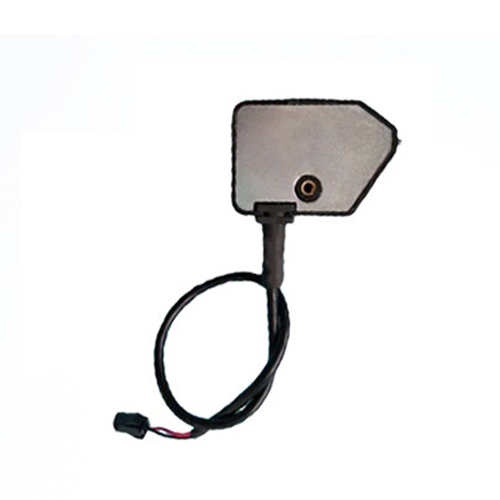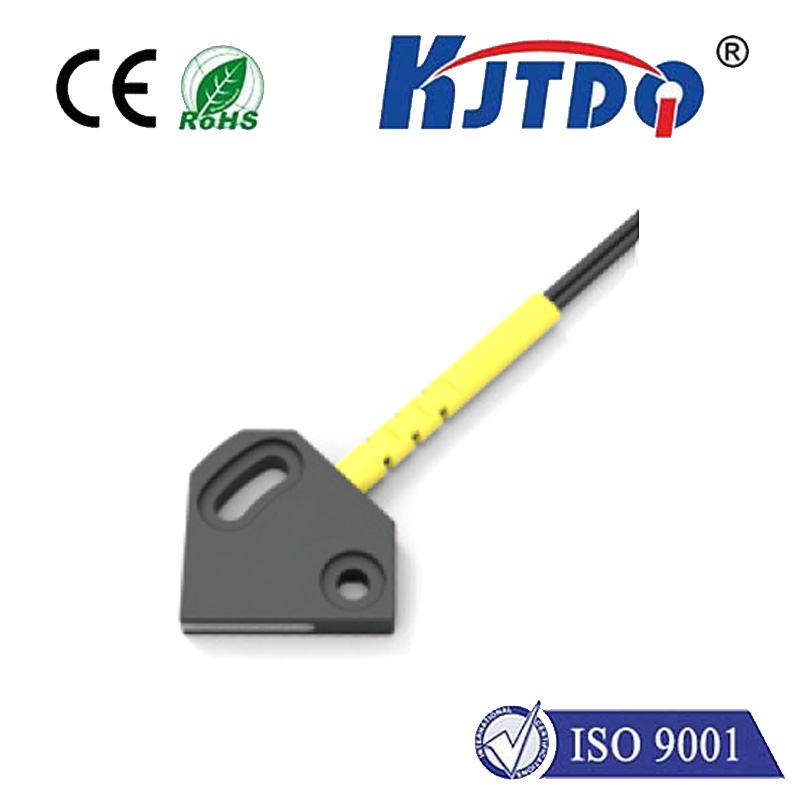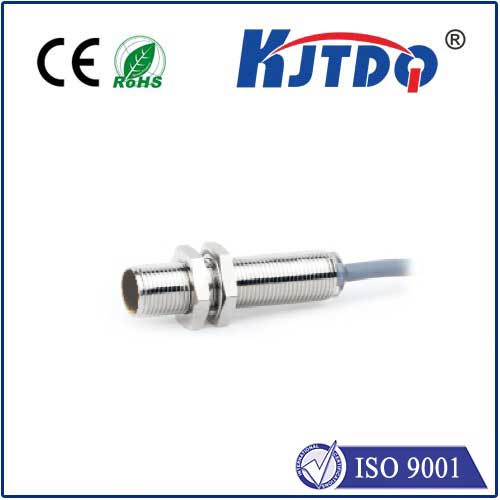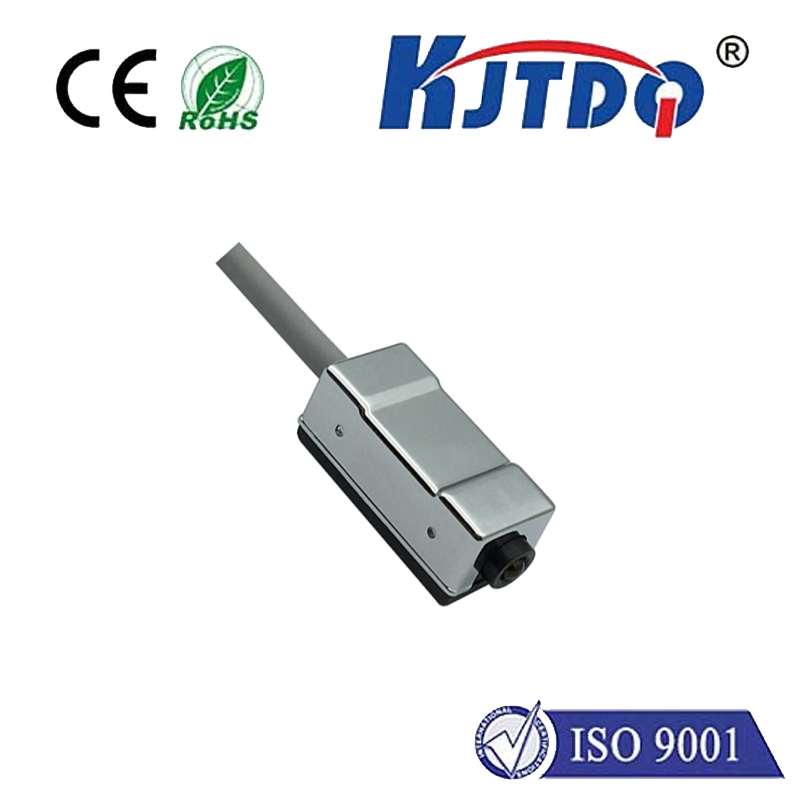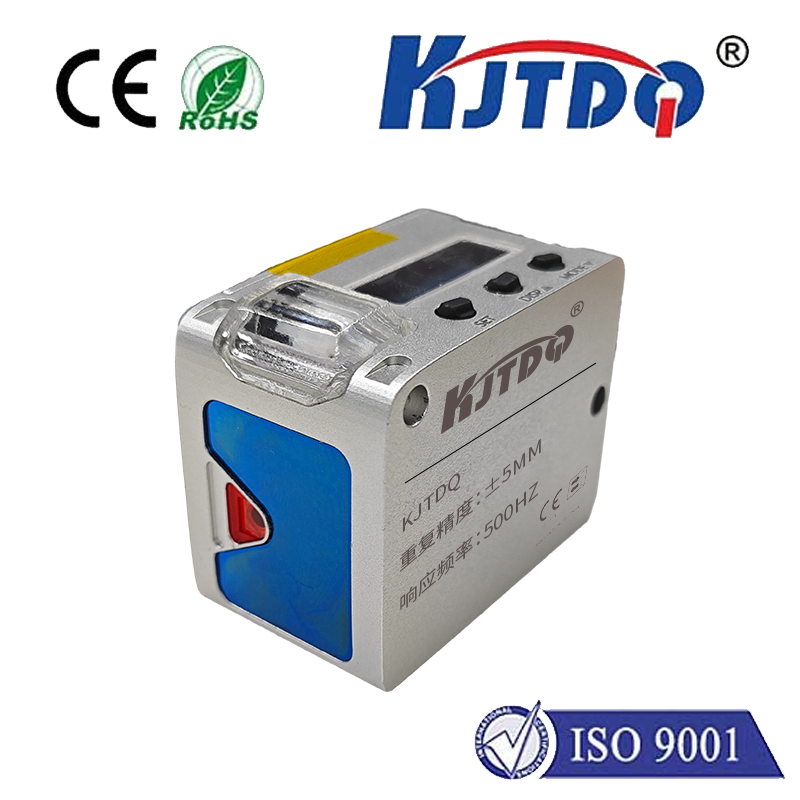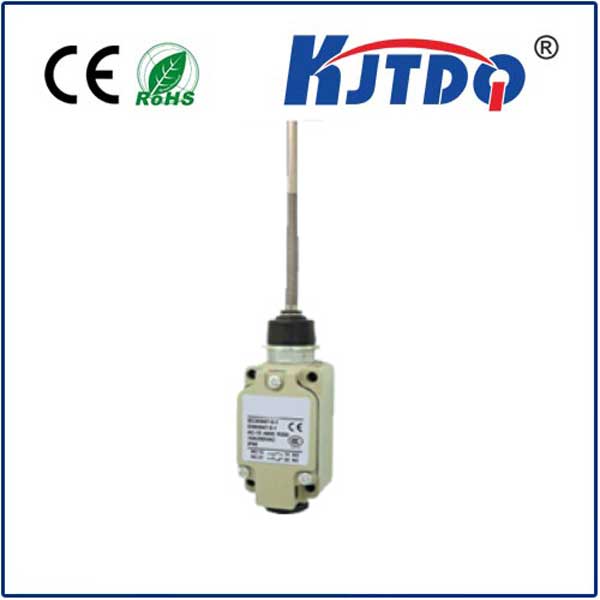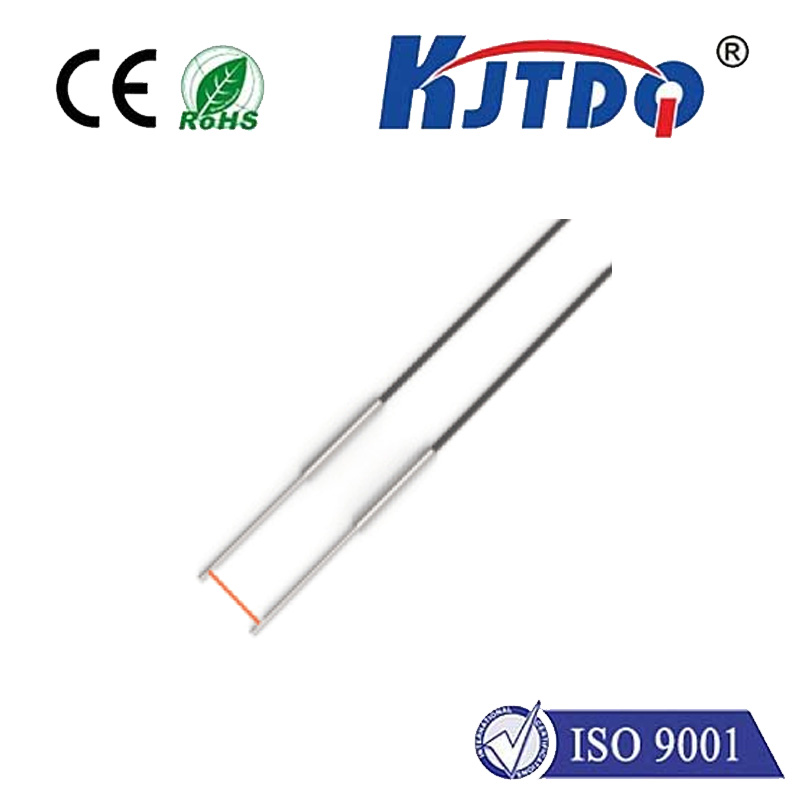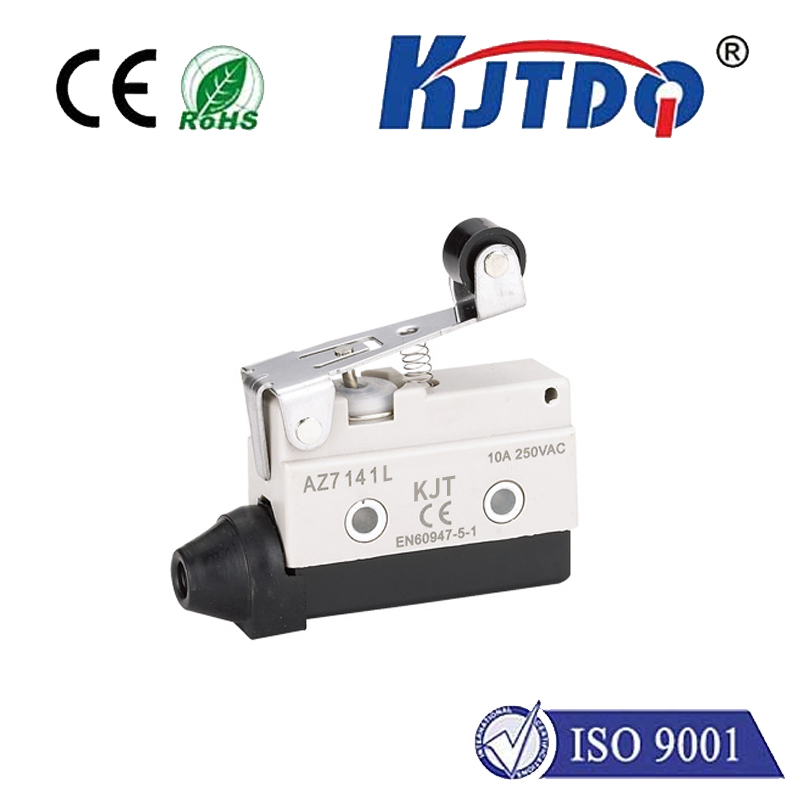honeywell proximity sensor
- time:2025-09-06 00:05:58
- Нажмите:0
Honeywell Proximity Sensors: The Unseen Guardians of Precision Automation
In the intricate dance of modern automation – where machines move with astonishing speed, precision, and coordination – countless unseen elements work tirelessly to ensure safety, efficiency, and flawless operation. Among these silent sentinels are proximity sensors, and when it comes to reliability and performance in demanding environments, Honeywell proximity sensors stand as a benchmark. These sophisticated components detect the presence or absence of an object without physical contact, forming an invisible yet critical layer of intelligence within countless industrial and commercial systems.
Understanding the Proximity Principle
At their core, proximity sensors operate on fundamental physical principles. They emit an electromagnetic field or beam of radiation (like infrared light) and detect changes in that field caused by the approach of a target object. This non-contact detection offers significant advantages: no wear and tear from mechanical switches, resistance to environmental contaminants like dirt, oil, or moisture, and extremely fast response times – often crucial in high-speed production lines. Honeywell excels in refining these principles into robust, dependable devices.
Honeywell’s Arsenal: Tailored Solutions for Diverse Needs

Honeywell offers a comprehensive portfolio of proximity sensors designed to meet specific application challenges. Key types include:
- Inductive Proximity Sensors: These are the workhorses of metal detection in industrial settings. They generate an oscillating electromagnetic field. When a metallic target enters this field, it induces eddy currents, causing a detectable change in the sensor’s oscillation. Honeywell inductive sensors are renowned for their:
- Exceptional durability in harsh conditions.
- Immunity to dust, oil, and vibrations.
- Long operational life.
- Precise detection even at short ranges for tasks like counting metal parts, detecting end-of-travel on cylinders, or confirming machine component position.
- Capacitive Proximity Sensors: Unlike inductive sensors, capacitive variants can detect both metallic and non-metallic materials (liquids, plastics, wood, granulates). They sense changes in capacitance between the sensor’s electrode and the target object approaching the sensing face. Honeywell capacitive sensors excel in applications requiring:
- Level detection of liquids, powders, or pellets through container walls (non-contact).
- Presence detection of non-metallic objects (e.g., glass bottles, plastic lids, cardboard boxes).
- Thin material detection where inductive sensors might struggle.
Where Honeywell Proximity Sensors Make an Impact
The versatility and reliability of Honeywell proximity sensors make them indispensable across numerous sectors:
- Industrial Automation & Manufacturing: Monitoring robotic arms, verifying part presence in assembly lines, controlling conveyor systems, detecting tool breakage, confirming cylinder positions. Their robustness ensures continuous operation in demanding factory environments.
- Automotive Production: Used extensively for precise positioning control, welding robot guidance, part verification (ensuring the right part is in place), and end-of-line testing. Honeywell’s reputation for quality is crucial in this high-volume, safety-critical industry.
- Packaging & Material Handling: Counting products on conveyors, detecting jams, verifying filled container levels, controlling sorting gates. Capacitive sensors particularly shine here with diverse material types.
- Food & Beverage Processing: Hygienic designs and materials compliant with regulations (like IP69K ratings) allow their use for detecting containers, lids, fill levels, and monitoring moving parts, even with frequent washdowns.
- HVAC & Building Management: Monitoring damper positions, detecting filter status (clogged/clean), controlling access panels. Energy efficiency often hinges on reliable positional feedback.
- Medical Equipment: Used in devices where non-contact, reliable detection of components or mechanisms is essential, benefiting from Honeywell’s precision and consistency.
The Honeywell Advantage: Reliability Built In
Choosing Honeywell proximity sensors isn’t just selecting a component; it’s investing in uptime and peace of mind. Key advantages solidify their position:
- Unmatched Durability: Engineered for harsh industrial environments, featuring rugged housings (often stainless steel or rugged polymers), superior sealing (high IP ratings like IP67, IP68, IP69K), and resistance to shock, vibration, and extreme temperatures.
- Consistent Precision: Manufacturing tolerances are tightly controlled, ensuring reliable and repeatable detection distances. This predictable performance is vital for automated systems.
- High Immunity to Electrical Noise: Designed to operate reliably near motors, variable frequency drives (VFDs), and welding equipment without false triggering – a critical factor for stability. Models like the Honeywell M5P series inductive sensors are specifically noted for excellent noise immunity.
- Extended Operational Life: The non-contact nature inherently reduces wear, while quality construction ensures longevity, minimizing maintenance costs and downtime.
- Global Standards Compliance: Widely compliant with relevant standards (IEC, UL, CSA, etc.), facilitating integration into international projects.
- Comprehensive Portfolio: A broad range encompassing various sensing technologies, sizes (like miniature sensors for tight spaces), connection types (cable or connector), and output configurations (NPN/PNP, NO/NC) to find the perfect fit for virtually any application.
Selecting the Right Honeywell Proximity Sensor
With such a wide range available, selecting the optimal Honeywell proximity sensor requires careful consideration:
- Target Material: Is the object metallic (use Inductive) or non-metallic/liquid (use Capacitive)?
- Required Sensing Distance: What is the maximum operational distance needed from the target? Remember the nominal sensing range listed is typically for standard mild steel (inductive) and needs adjustment for other materials.
- Operating Environment: Consider temperature extremes, potential exposure to water, chemicals, oils, or cleaning agents (dictates IP rating and housing material). High vibration or shock loads also influence the choice.
- Electrical Requirements: Voltage supply (DC/AC?), required output type (NPN sinking, PNP sourcing?), and current rating.
- Physical Size Constraints: Is space limited? Miniature sensors might be essential.
- Mounting: Flush or non-flush mounting capability? This affects the sensing range achievable.
The Invisible Engine of Efficiency
From ensuring a robotic welder strikes true to guaranteeing a bottle is filled correctly or safeguarding personnel near moving machinery, Honeywell proximity sensors operate silently, constantly, and reliably. They are fundamental building blocks of modern automation, translating physical presence into actionable electronic signals. Honeywell’s commitment to engineering excellence delivers sensors that provide the confidence, precision, and resilience required to keep complex systems running smoothly, efficiently, and safely. Integrating these components isn’t just an automation choice; it’s a strategic investment in operational integrity.







